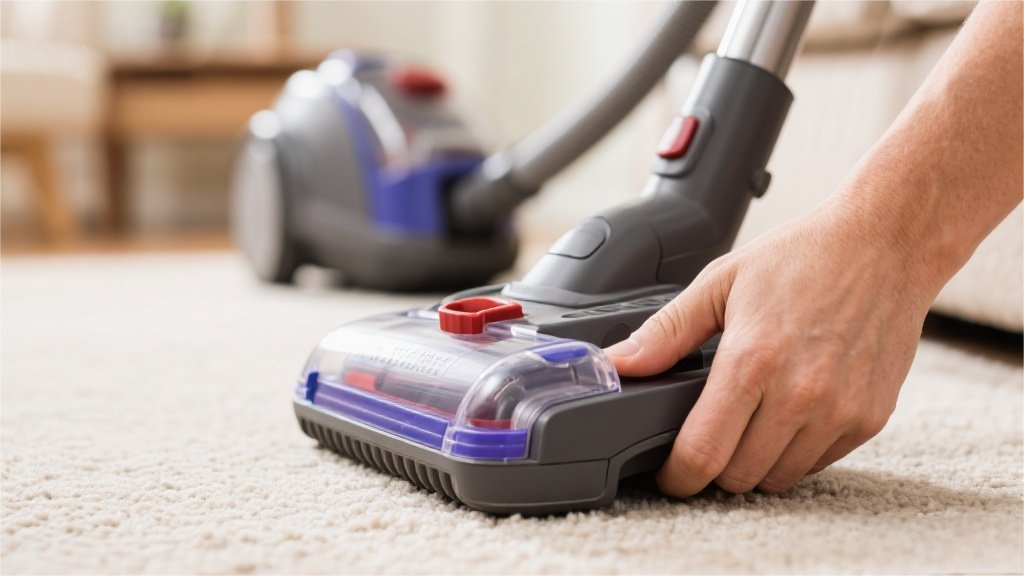If you're one of the millions of Americans tossing and turning at night because of back pain, you might be wondering if your sleep position is to blame—especially if you're a stomach sleeper. The good news? According to Dr. Charla Fischer, an orthopedic surgeon at NYU Langone's Spine Center, sleeping on your stomach isn't inherently bad for your back. The key is finding what works for your body and making small adjustments to ease discomfort.
Why Your Sleep Position Might Not Be the Problem
Dr. Fischer emphasizes that there’s no one-size-fits-all answer when it comes to sleep positions and back pain. While some people swear by sleeping on their back or side, others find stomach sleeping perfectly comfortable. The real issue isn’t necessarily the position itself but whether it causes strain or misalignment. If you wake up with stiffness or soreness, it might be time to tweak your setup—like adding a pillow under your pelvis if you’re a stomach sleeper or between your knees if you’re a side sleeper. The goal? Keeping your spine in a neutral position to avoid unnecessary pressure.
The Myth of the "Perfect" Sleep Position
You’ve probably seen ads for mattresses and pillows claiming to offer the "ideal" alignment for pain-free sleep. But Dr. Fischer says the science isn’t so clear-cut. While proper support matters, comfort and personal preference play a bigger role than many realize. Some people sleep like a starfish and wake up refreshed, while others need a carefully arranged nest of pillows. The best position is the one that lets you drift off easily and stay asleep—because quality rest is what really helps your body recover.
Small Tweaks for Big Relief
If you’re dealing with persistent back pain, minor adjustments can make a surprising difference. For stomach sleepers, that pillow under the pelvis helps maintain the spine’s natural curve. Side sleepers might benefit from hugging a body pillow to keep their shoulders and hips aligned. Back sleepers? Try a thin pillow under the knees to reduce lower-back tension. And if you wake up sore, don’t be afraid to switch positions—sometimes, just rolling over can reset your comfort level.
Beyond Position: Other Sleep Saboteurs
While your sleep posture plays a role, other factors could be messing with your rest—and your back. A too-soft mattress might not support your spine, while a too-firm one could create pressure points. Room temperature matters, too: experts recommend keeping it between 68 and 69 degrees for optimal sleep. And let’s not forget lifestyle habits—late-night caffeine, scrolling in bed, or eating heavy meals before bedtime can all disrupt your sleep cycle, leaving you groggy and achy.
When to Seek Help
Occasional stiffness is normal, but if your back pain is persistent or severe, it’s worth talking to a doctor. Underlying issues like herniated discs, arthritis, or muscle imbalances might need targeted treatment. Physical therapy, ergonomic adjustments, or even stress management techniques could be part of the solution. Remember, sleep should feel restorative, not like a nightly battle with discomfort.
At the end of the day, the "best" sleep position is the one that lets you wake up feeling refreshed—whether that’s on your back, side, or stomach. Listen to your body, experiment with small changes, and don’t hesitate to seek professional advice if pain lingers. After all, quality sleep isn’t just about avoiding aches; it’s about giving your body the recovery time it needs to tackle whatever comes next.
























